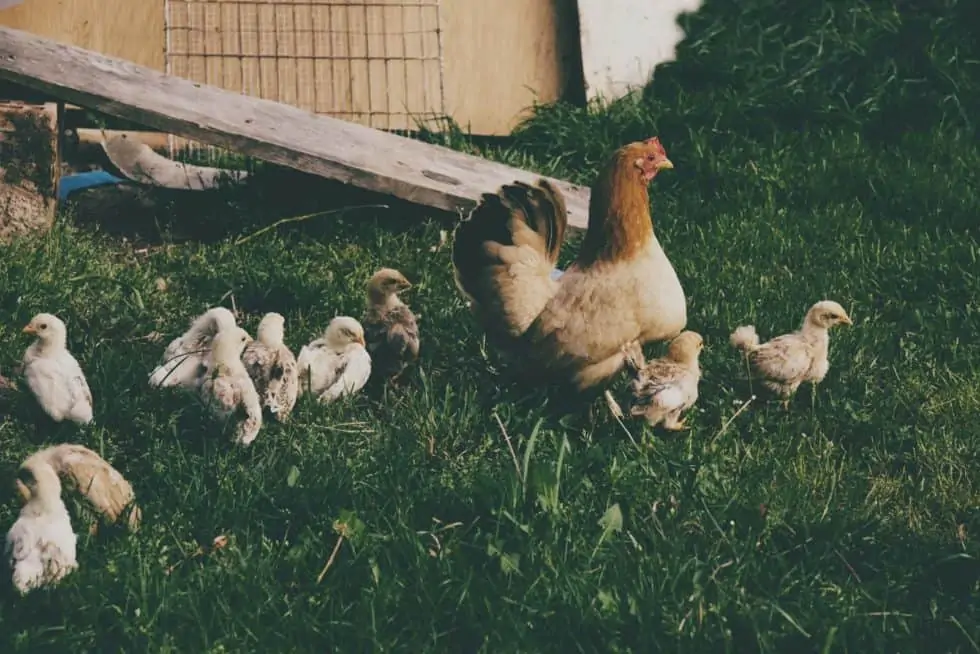Highs
- Ranging freely outdoors is important for animal welfare
- In combination with meaningful labels (see below), the claim means the animals were not continually confined indoors
Lows
- On-farm inspection is not required
- There is no common standard that producers have to meet for eggs and dairy
- A “free range” claim does not mean that the chickens were able to range freely outdoors
“Free range” is one of the most potentially misleading labels because of the discrepancy between what it implies and what is required to make the claim. The “free range” claim on a label suggests that the animals were able to range freely outdoors; however, the claim does not have to be verified through on-farm inspections, and producers can make the claim on a label as long as the animals were given some access to an outdoor area of unspecified size. For chickens, this outdoor area does not have to be big enough to accommodate all birds.
What this claim means
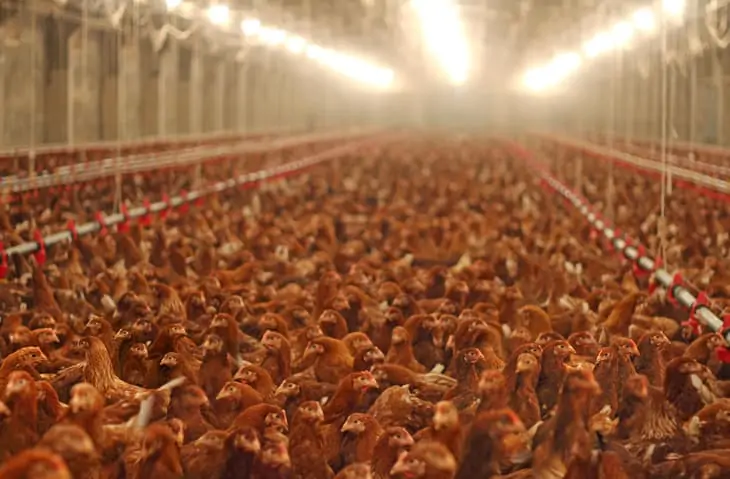
On labels of eggs and chicken products:
The claim implies that the chickens ranged freely outdoors. However, producers can make the claim as long as the birds are given access to an outdoor area, but there are no requirements for the size or condition of the outdoor area, how accessible the outdoor area is to the birds, how often and for how long each day the birds have to be given access to the outdoors. Chicken and eggs labeled “free range” therefore do not necessarily come from birds that ranged freely outdoors.
On labels of beef products:
The labeling claim means that the animals were given free access to the outdoors for a minimum of 120 days per year. There are no space requirements, and no requirements for the condition of the outdoor space. The claim does not mean that the animals only grazed on range.
Right: Chicken and eggs labeled “free range” do not necessarily come from birds that ranged freely outdoors.
Why it matters
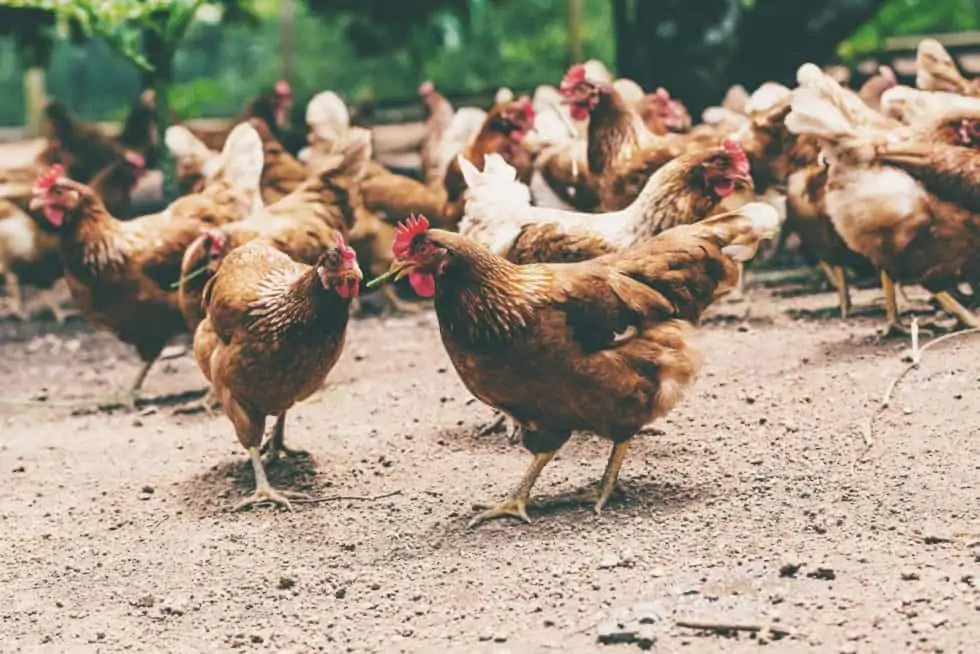
For chickens used in the production of poultry and eggs, outdoor runs and pasture offer them the opportunity to forage, which is an important natural behavior. When given the opportunity, chickens will spend a majority of their active time foraging, which consists of pecking, scratching, harvesting seeds, and eating insects. When chickens are unable to engage in natural foraging behaviors, welfare problems such as feather pecking can arise.
For cattle, eating grass and grazing on range or pasture provide important health benefits, both for the animals and consumers. Beef and dairy cattle are ruminants, and their digestive systems have evolved to digest high-fiber and low-starch grasses. They gain weight more rapidly when they are fed grain in addition to grass, which has become standard practice in the beef and dairy industries, but grain-feeding comes at a cost to the nutritional value of the meat and dairy they produce, as well as the animals’ health. Studies have found that, compared to grain-fed alternatives, grass-fed meat contains lower levels of overall fat and higher levels of vitamins and antioxidants; grass-fed meat and dairy have also been found to contain higher levels of omega-3 fatty acids, which appear to provide health benefits.
How meaningful is the label?
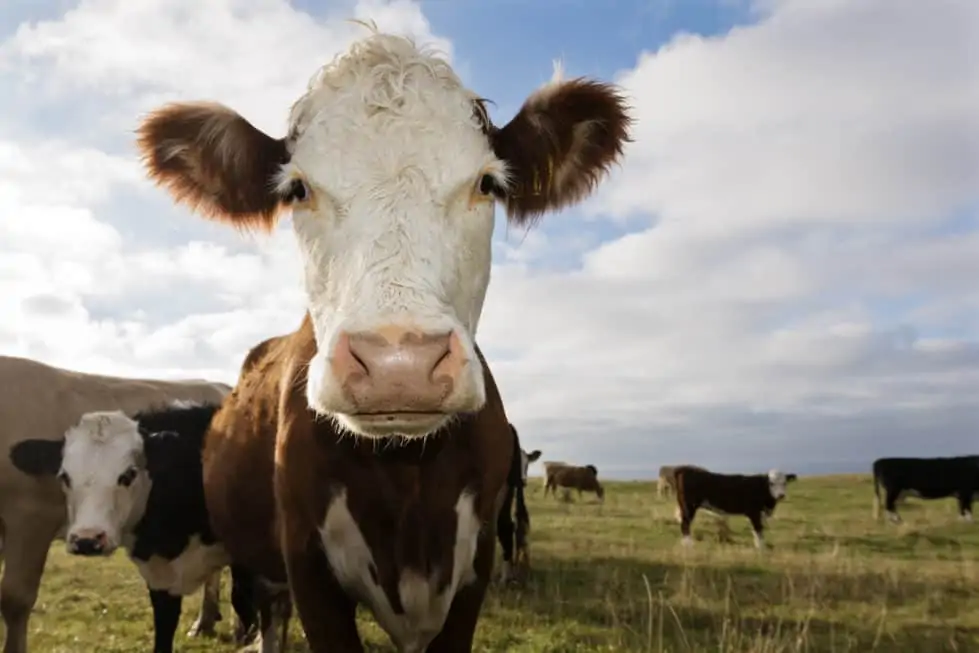
On meat and poultry labels, the USDA does not have a common standard for producers making a “free range” claim.
Producers making a “free range” labeling claim are required to add an explanation of the term on the label, but the USDA allows producers to write the explanation and therefore define the term.
In our 2016 survey, when consumers were told that the USDA often allows companies to set their own standards on meat, the clear majority (94 percent) of consumers said all companies should meet the same standards for labels on meat, rather than setting their own standards.
Consumers wanting to buy meat, poultry, or eggs from animals that range freely outdoors should not rely on the “free range” labeling claim alone. Those consumers should look for additional labels that indicate that meaningful standards for outdoor access were met.
Is the claim verified?
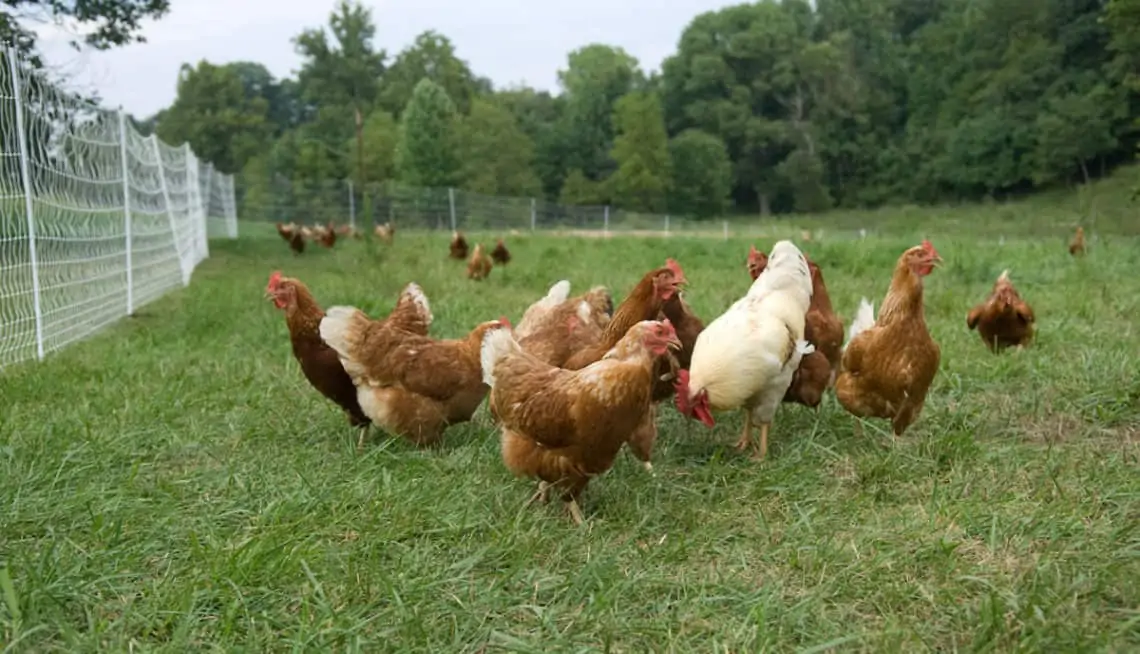
Sometimes.
Eggs. Labels on egg cartons are regulated by the Food and Drug Administration (FDA) and do not need prior approval by the agency. The FDA requires that food labels be truthful and not misleading, but the FDA has no regulatory definition of “free range” on egg carton labels.
Egg producers can choose to have their eggs graded, or inspected for quality by USDA inspectors. Eggs that have been graded by the USDA are labeled with the Grade AA or Grade A shield on the carton. When grading eggs, the USDA also verifies labeling claims such as “free range.” The USDA’s definition of “free range” for eggs is that they are “produced by hens housed in a building, room, or area that allows for … continuous access to the outdoors during their laying cycle. The outdoor area may be fenced and/or covered with netting-like material.” The definition does not determine a minimum area to ensure that all hens can move freely in the outdoor space, nor does it specify the type of ground cover to ensure that hens are able to forage on vegetated soil and engage in natural behaviors outdoors. A small, entirely enclosed area with a concrete floor, accessible to only a small percentage of the hens in the house, would meet the definition without meeting the birds’ need to express natural behaviors.
Poultry and beef: On poultry and beef, the labeling claim is verified by the Food Safety and Inspection Service (FSIS), an agency of the U.S. Department of Agriculture. FSIS staff performs a review of a one-time application and supporting documentation supplied by the company making the claim. The agency has not defined “free range,” and requires only that “producers must demonstrate . . . that the poultry has been allowed access to the outside.”
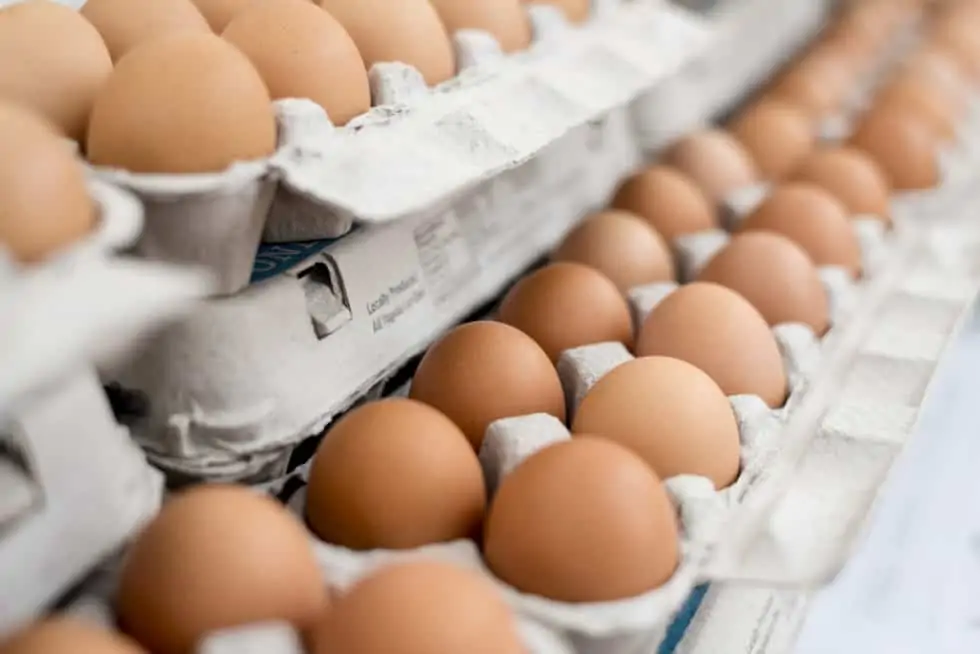
What additional information tells you the claim has been verified?
For beef, chicken and eggs from animals that were able to range freely outdoors, look for these labels:
American Grassfed
The American Grassfed label means that the animals were grass-fed throughout their entire lives (after weaning), with no grain ever. The animals had continuous access to pasture and were not raised in confinement. The label is highly meaningful and verified.
Animal Welfare Approved
Meat, poultry, and eggs with the Animal Welfare Approved label come from animals that were given continuous access to ranging and foraging areas. The label is highly meaningful for animal welfare, and it is verified.
Free Range + American Humane Certified (eggs only)
If the words “free range” appear on an egg carton label along with the American Humane Certified seal, it means that the laying hens were given access to an outdoor area for at least 8 hours per day, weather permitting. The minimum amount of outdoor area required is 1 acre of range per 2,000 laying hens, which means approximately 21.8 square feet per hen, or 5 by 4.4 feet. Of this total space, at least one quarter (5.45 square feet or 2 by 2.75 feet) has to be available to the birds when they are outdoors. The space that is not available to the birds has to be actively managed to encourage regrowth of vegetation.
Pasture Raised + Certified Humane Raised and Handled (eggs only)
If the words “pastured” or “pasture-based” appear on an egg carton label along with the Certified Humane seal, it means that the laying hens were given at least 2.5 acres per 1,000 birds, which means 108.9 square feet per bird or 10.9 feet by 10 feet. Birds must be outdoors 12 months per year, for a minimum of 6 hours every day. The standards require that the pasture area must consist mainly of living vegetation. There are also minimum requirements to ensure that all birds can access the doors to the pasture.
Pasture Raised + American Humane Certified (eggs only)
If the words “pastured” or “pasture-based” appear on an egg carton label along with the American Humane Certified seal, it means that the laying hens were given at least a total of 2.5 acres of pasture per 1,000 hens, which means 108.9 square feet per bird or 10.9 feet by 10 feet. Of this total space, at least one quarter (27.2 square feet per bird) must be available at any one time whenever birds have access to the outdoors. Hens have access to the outdoor area for at least 8 hours per day, weather permitting. The standards require that the outdoor area must have a “substantial cover of living vegetation.” There are also minimum requirements to ensure that all birds can access the doors to the pasture.
These labels have some requirements for “free range,” but the standards fall short in providing meaningful outdoor access:
Free Range + Certified Humane Raised and Handled (eggs only)
If the words “free range” appear on an egg carton label along with the Certified Humane Raised and Handled seal, it means that the laying hens were given access to an outdoor area for at least 6 hours per day, weather permitting. The outdoor area could be covered with vegetation where possible; gravel, straw, mulch, or sand are also acceptable materials for ground cover. The minimum amount of uncovered outdoor area required per hen is 2 square feet, which is roughly 17 by 17 inches.
USDA Organic
While the organic label is meaningful, verified, and backed by comprehensive federal standards, different certifying agencies have different interpretations of the requirement for outdoor access for organic chickens. Specifically, the federal standards that farmers have to meet to label their products as “organic” require access to the outdoors but do not specify an outdoor space allowance or stocking rate, nor do they require that all animals in the herd or flock have access to the outdoors at the same time. As a result, while many organic farmers have pastures for their chickens, others do not.
On January 19, 2017, the U.S. Department of Agriculture issued a final rule that would add new provisions for animal welfare on organic farms. The rule would set a consistent and clear standard for outdoor access for chickens raised on organic farms, including a minimum space requirement per bird and a requirement that at least 50 percent of the outdoor space is soil. The outdoor space requirements would not be fully implemented for all producers until March 2022 for laying hens and March 2020 for chickens raised for slaughter. (The final rule did not go into effect in March 2017, as scheduled.)
These labels do not mean “free range”
Certified Humane Raised and Handled (without the words “free range” or “pasture raised”)
The Certified Humane Raised and Handled standards do not require outdoor access for chickens.
American Humane Certified (without the words “free range” or “pasture raised”)
The American Humane Certified standards do not require outdoor access for chickens.
